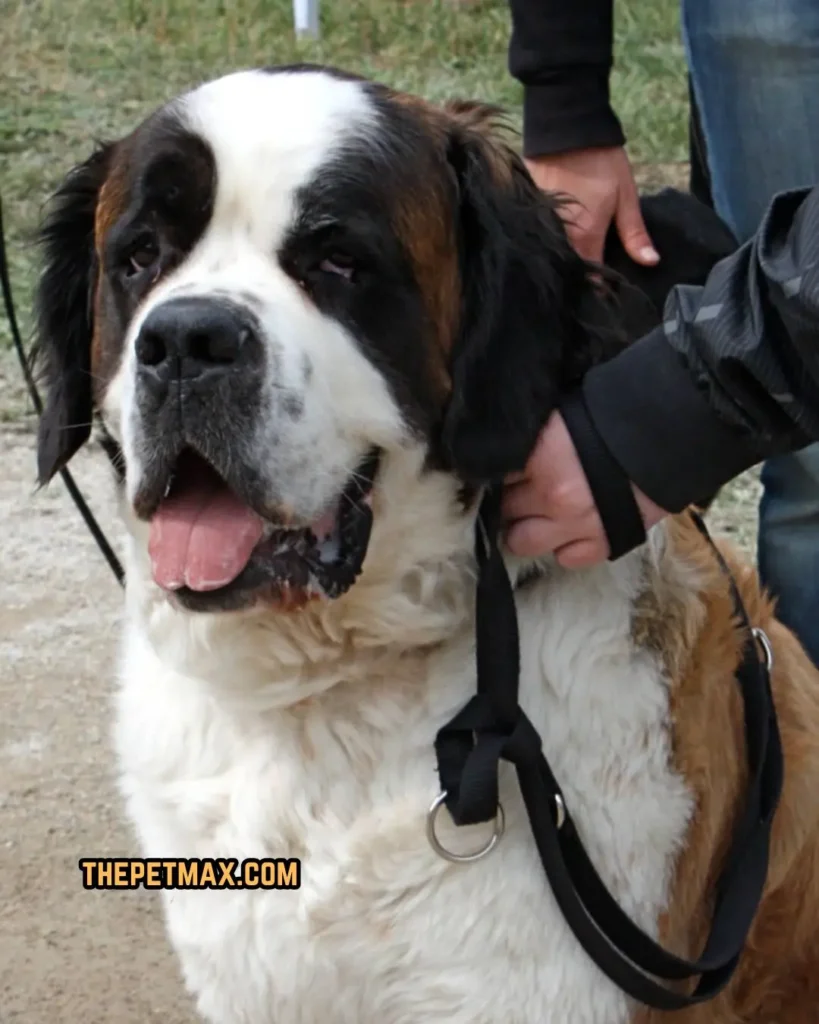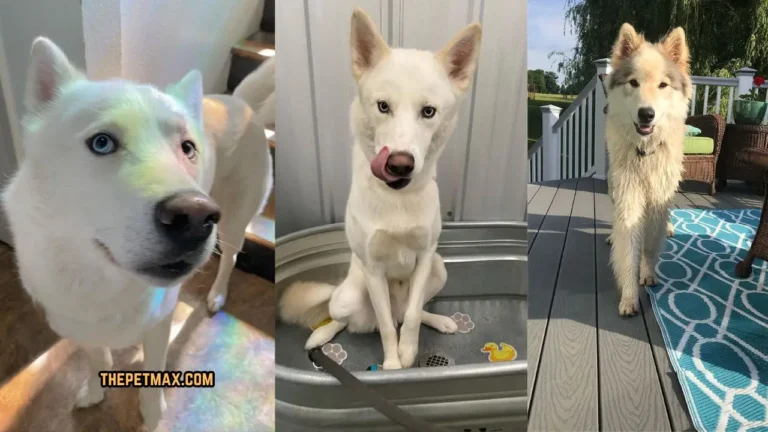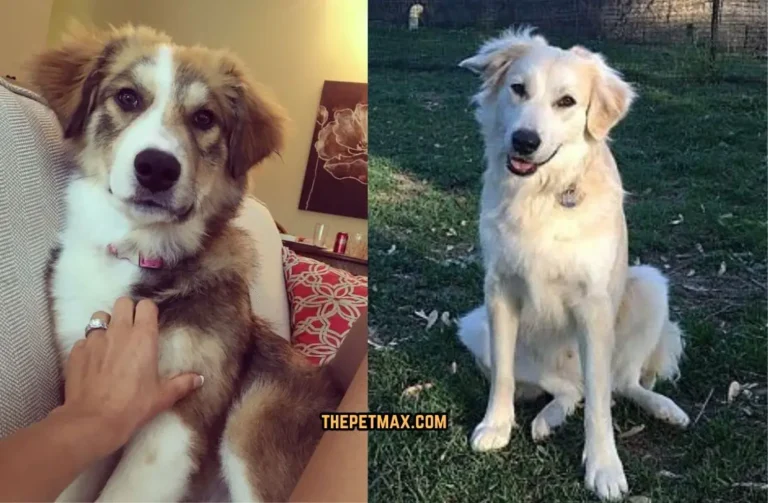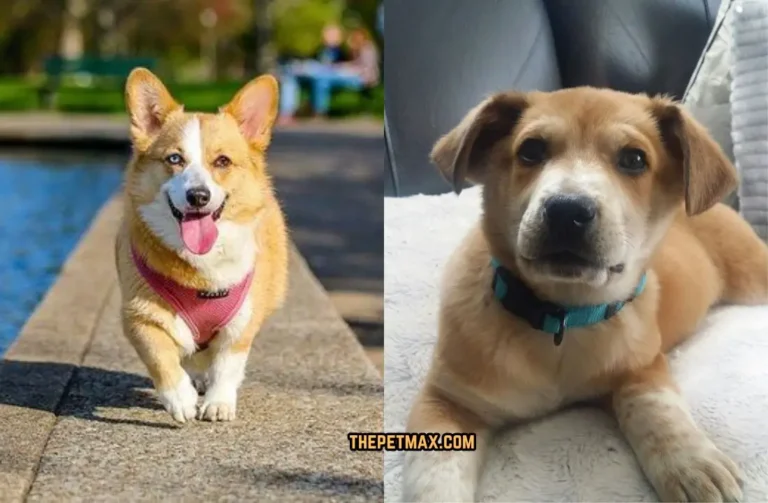Alpine Mastiff (Extinct) Dog Breed Guide

It is believed that excessive crossbreeding with other large mountain dogs in Europe led to the extinction of the Alpine Mastiff breed in 1815. The Alpine Mastiff was a popular breed used in crossbreeding back then. The intention was to produce multiple puppies of the species.
The Alpine Mastiff Dog is a powerful member of the Mastiff family. This breed is known to be a focused and sensitive friend. It can be identified by its coat and leading presence.
Alpine Mastiffs have an amazing history and an amazing set of features. They are valued for their gentle attitude and loyal nature. Due to their adaptability, this breed is not only gorgeous to look at but also a beloved member of families searching for a loyal and trustworthy dog companion. They are suitable for a variety of living conditions.
Contents
- 1 History of Alpine Mastiff Dog Breed:
- 2 Some Quick Facts About Alpine Mastiff:
- 3 Alpine Mastiff Dog Breed Overview & Appearance:
- 4 Temperament of Alpine Mastiff:
- 5 Are Alpine Mastiff Good Family Dogs?
- 6 Are Alpine Mastiff Good with Other Pets?
- 7 Food and Diet Requirements of Alpine Mastiff:
- 8 Exercise Needs of Alpine Mastiff:
- 9 How to Train Alpine Mastiff?
- 10 Grooming Needs of Alpine Mastiff:
- 11 Common Health Problems of Alpine Mastiff:
- 12 Conclusion:
- 13 FAQ’s:
- 14 Related Posts:
History of Alpine Mastiff Dog Breed:
The Alpine Mastiff dog breed originated in northern Europe before 500 B.C. These dogs first came to England in 1829 when a large light brindle dog was brought from the Great St. Bernard convent. The dog, called “L’Ami,” was displayed in London and Liverpool, where it was said to be the biggest dog at the time.
Their bravery and power became essential characteristics as they protected themselves from predators and attackers. People enhanced the breed’s characteristics to produce the incredible Alpine Mastiff of today. Their history shows a legacy of loyalty and a guardian.
Some Quick Facts About Alpine Mastiff:
- Alpine Mastiffs Have a Powerful Physique and a Thick Weatherproof Coat
- This Breed is Also Known as Alpine Molosser
- Alpine Mastiffs are Famous For Their Calm Temperament
- This breed is Ideal For Families With Active Lifestyles
Alpine Mastiff Dog Breed Overview & Appearance:

Its magnificent appearance is made even better by the Alpine Mastiff’s muscular construct, wide head, and thick double coat, which protects it from the harsh Alpine climate.
Because of their protective nature, this breed is appropriate for guarding duties. Large expressive eyes and a unique facial mask make the Alpine Mastiff an attractive breed with a striking appearance.
| Height | Male – 28 to 32 inches Female – 26 to 30 inches |
| Weight | Male – 62 – 80 kg Female – 54-73 kg |
| Lifespan | 10 to 12 Years |
| Temperament | Protective, Loyal, and Gentle |
| Litter Size | 6 to 10 puppies |
| Group | Working Group (Extinct) |
| Size | Large to Giant |
| Colors | Various shades, Brindle or brown |
| Coat | Dense and Weather Resistant |
| Shedding | Moderate |
| Puppy Price | Unavailable |
| Ancestry | Mountain Mastiff |
Temperament of Alpine Mastiff:
The Alpine Mastiff temperament is described by it’s strong urge for protection combined with a calm behavior. They have been known for being gentle giants who put their family first, especially those who are younger.
While these big dogs can be aggressive, they are generally polite, which makes them a good option for households looking for a loyal and watchful companion. Because they live in an area where nature is safe, they are great protectors of their house and loved ones.
Are Alpine Mastiff Good Family Dogs?
Yes, Alpine Mastiffs are great pets for families due to their protective and kind mindset. Their loyalty and affection to family members, especially the children, make them great family companions.
Their calm personality and adaptability make them a good fit for families in spite of their frightening size. The protective and watchful nature of the Alpine Mastiff helps to their image as a reliable family pet and helps create a safe environment.
Are Alpine Mastiff Good with Other Pets?
Alpine Mastiffs generally get along well with other animals, especially if they receive good training from an early age. Their kind behavior toward other animals enables them to form close relationships with other household pets. When adopted slowly and peacefully through friendly efforts, Alpine Mastiffs can live happily in households with multiple pets.
Food and Diet Requirements of Alpine Mastiff:

Alpine Mastiffs depend heavily on eating a diet rich in nutrients and balanced for their overall health and wellbeing. It’s essential to feed them a diet rich in protein and enriched with nutrients that support healthy joints because of their size and tendency for joint issues. Controlling portion sizes is essential for avoiding obesity, a serious problem in large breed dogs.
These dogs need regular access to fresh water in order to stay properly hydrated. With the assistance of a veterinarian, one can create a customized diet plan that takes note of the specific nutritional needs of Alpine Mastiffs, including factors such as age, activity level, and overall health.
Exercise Needs of Alpine Mastiff:
Alpine Mastiffs need regular exercise to maintain good general health and prevent issues related to weight. Playtime, daily walks, and mental and physical exercise must all be part of their exercise schedule.
Because of their size, it is essential to keep them away from excessively hard activities, particularly during their early years, in order to safeguard their developing joints. Regular exercise boosts the chance that an Alpine Mastiff will keep up its good behavior and remain physically fit.
How to Train Alpine Mastiff?
Training an Alpine Mastiff needs consistency and patience. Start training your dog at a young age, focusing on positive reinforcement in the form of treats and encouragement. Short training sessions to help your dog maintain focus and build strength over time. Maintaining consistency is essential and be firm but kind.
Expose them to a variety of people, places, and situations. Effective communication benefits from training in obedience, which includes basic commands like sit and stay. Think about participating in professional training if you want chances for organized learning and interaction.
Grooming Needs of Alpine Mastiff:
The moderate grooming needs of the Alpine Mastiff demand frequent attention. Brush their thick, double coat once a week or more to prevent and control shedding. Shower them when needed, usually every three months. To avoid infections, give their ears extra attention and regular cleanings.
To keep their oral health in check, they must have periodic dental visits and nail care. Regular grooming improves both the appearance and health of this amazing breed.
Common Health Problems of Alpine Mastiff:
Hip dysplasia, which is frequent in large breeds like the Alpine Mastiff, and other joint issues are common issues. Also some individuals may be prone to experience heart-related issues, requiring for close monitoring.
The breed is prone to bloat, a dangerous condition that needs immediate veterinary attention due to the deep chests of these animals. This amazing breed is prone to obesity because of their large stature, so it’s important that they eat a balanced diet and exercise regularly to prevent obesity.
Conclusion:
The amazing appearance and kind nature of the Alpine Mastiff Dog make it an outstanding breed within the Mastiff family. The breed’s nature points out its evolution into a focused guardian with a strong protective sense. The varied colors of their coats and their impressive size and weight only serve to increase the attractiveness of Alpine Mastiffs.
It’s essential to understand what they need for exercise, workouts, and grooming in order to protect their own health. They are great family companions, but what really sets them apart is their relaxed behavior and adaptability. The Alpine Mastiff Dog has a long history and is a popular dog companion due to its unique characteristics.
FAQ’s:
Are Alpine Mastiffs recognized by breed standards?
Yes, Alpine Mastiffs are recognized by various breed standards, including those of kennel clubs and breed organizations.
Do Alpine Mastiffs require a lot of exercise?
Since they don’t have a lot of energy, Alpine Mastiffs may enjoy regular exercise to stay healthy. Playtime and walks every day are advised.
Are Alpine Mastiffs prone to health issues?
Alpine Mastiffs can be prone to certain health issues, including joint problems and obesity. Regular veterinary check-ups and proper care can help address and prevent potential health concerns.





